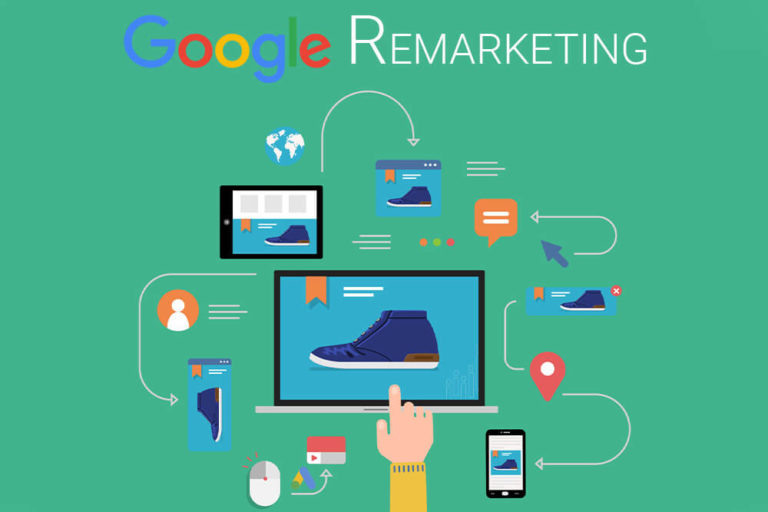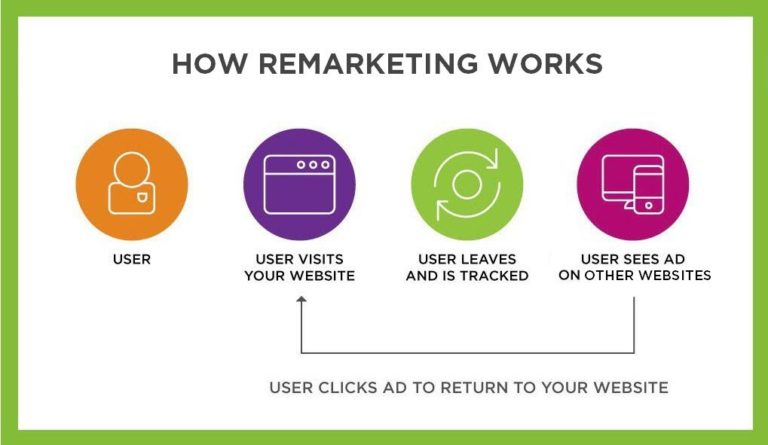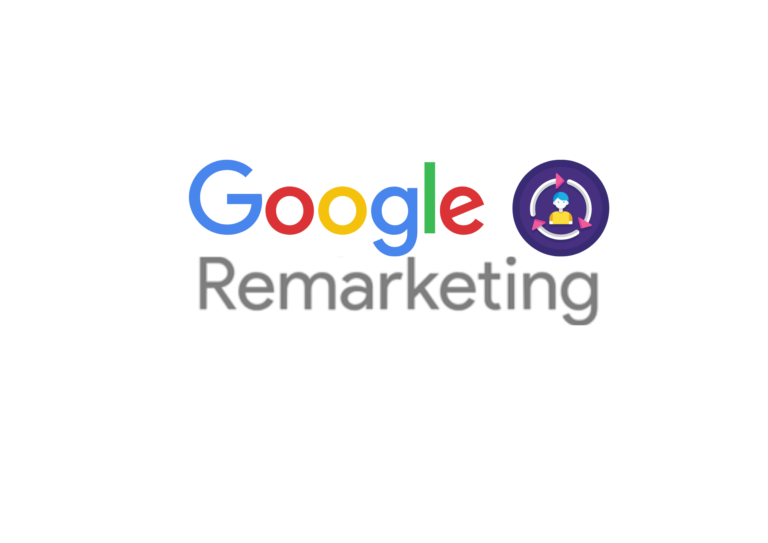Basics of Google Remarketing
Ever wondered why the ads of the products you were looking through all night are popping up on other websites? Well, this digital marketing technique is called “remarketing”. It is the most common and popular form of marketing in which marketers advertise to users who have visited their website, or a specific web page, and who have or have not taken a specific action.
Currently, there are two biggest remarketing platforms namely Google & Facebook, and marketers can choose any platform depending upon their target audience and preference. But when it comes to the size of the network, Google remarketing is a bigger platform. Let’s take a deeper dive into what is Google remarketing? and how does it work?
What is Google Remarketing?

Google Remarketing (also known as retargeting) is a process of serving targeted ads to people who have already visited or taken action on your website. When a user visits your website, a small snippet of code (remarketing code) on your website adds them to a remarketing list. And then when the user visits another website that supports Google Ad Network, they are served your Ad. It can also be in the form of follow-up emails you get from a business after you check out their site but don’t make a purchase.
Almost 97% of people who visit your site for the first time leave without buying anything, therefore, Google Remarketing Ads helps in bringing them back. Remarketing can be used to promote a specific product/offering or to achieve a certain conversion goal such as lead generation. For instance, in eCommerce remarketing is used to reduce shopping cart abandonment by displaying the product added by the customer in the cart as Ads on other websites.
Why use Google Remarketing?

Remarketing has its own sets of benefits and is recommended to all businesses who get heavy traffic to their website but couldn’t turn them further into conversion or sales. It not only reminds visitors of their desire to engage with your brand but can expedite the transition to the next step of the conversion funnel. With almost 2 million websites under Google display network, the reach of Google remarketing is quite broader than Facebook and other social media platforms. Further, remarketing also has an option for flexible customisation, for example, if you are facing cart abandonment for a particular product you can customise them to retarget on the basis of the product or create another audience segment for the same product. Advertisers are also allowed to customise ads based on different devices, mobile apps, languages, entire countries, and names of locations.
Moreover, when compared to conventional paid advertisements, Google remarketing ads with retargeting campaigns cost comparatively less money to reach the same audience group and can be highly cost-effective to online promoters. Also, adding tracking codes to your Google Ads campaign can enable you to see how your remarketing efforts are doing. If some of them are performing well, you can invest more money in that particular channel and save money on others.
Additionally, the ad-builder tool by Google makes it easier for any beginner marketer to create custom ads for all remarketing campaigns. For instance, Google’s Display ad-builder allows you to choose the layout, colour, scheme, & content of your ads, use your own pictures or stock images, and adjust ads in just minutes. Lastly, one of the hidden benefits of remarketing that people always oversee is “brand recalling”. When viewers see your ad, it reminds them of the products or services that they wanted to buy. Now, those viewers will then be more likely to think of your brand when they remember their need or want.
How Google Remarketing Works?

To start with a Google remarketing campaign, you need to have a Google Ads account. You can also use Google AdWords, but the steps are slightly different. Once a Google Ads account is made Google will assign you a tag to place on all of your site’s pages. Once it’s there, it’ll start collecting data about your visitors.
Remarketing works by placing cookies on your website visitors device(s) when they meet your criteria. As soon as they meet the set standards/criteria their cookie ID is added to the remarketing audience list. Each cookie has a unique ID which is automatically added to your remarketing list. Also, Google remarketing allows businesses to collect data on both particular user actions and target audiences, for instance, mailing lists, sign-ups, etc.
Conclusion
Not only does Google Remarketing offer improved conversion rates than traditional pay-per-click advertising, but also at a lower CPC (cost-per-click) rate. Moving on, through Google’s display network and immense reach over the globe, you can also build brand awareness, bring your customers back, and generate more revenue for your company.
Now that you have a deeper insight and knowledge on what Google Remarketing is, you can start assessing and following the users who interacted with your website or product offering but left before buying anything.

